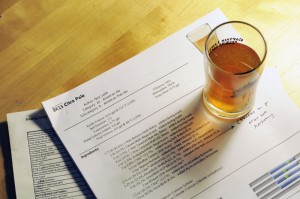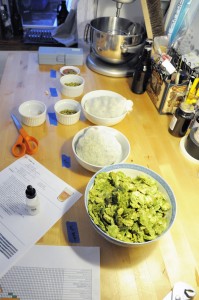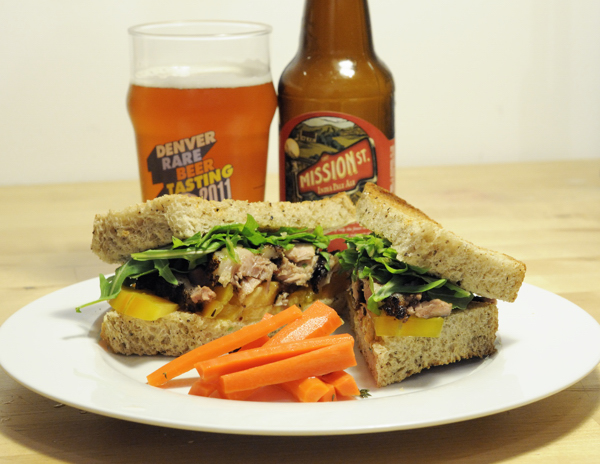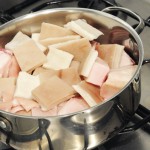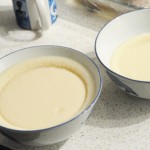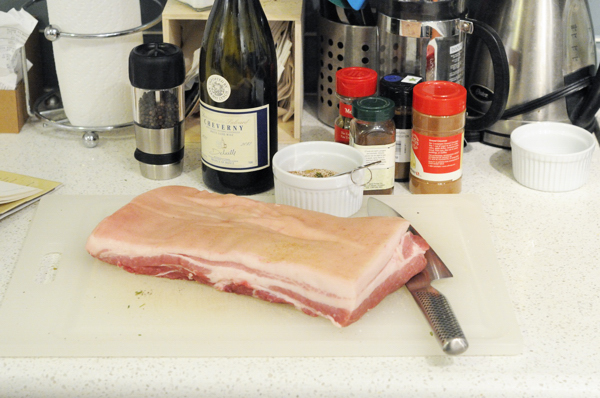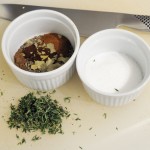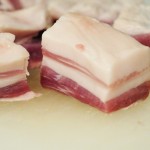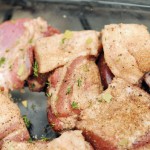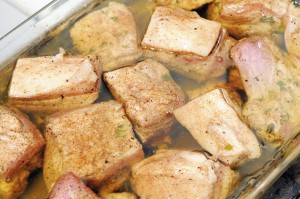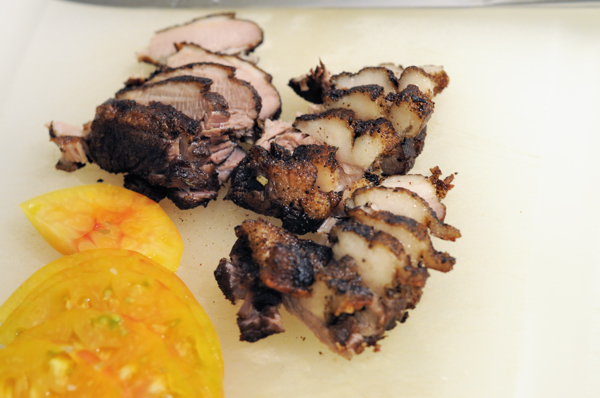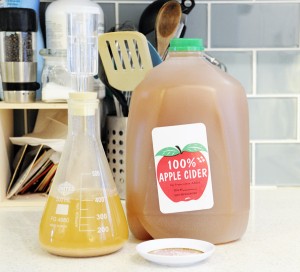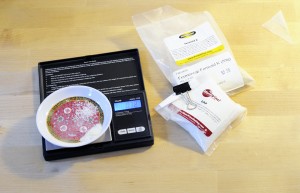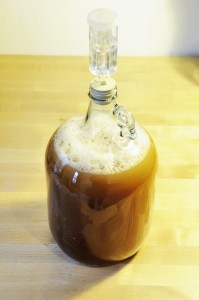Over the years I’ve brewed lots of different IPAs. Lately however, I’ve been focused on developing Single Tap, my house IPA. This third generation recipe has its roots in a beer I brewed back in 2012 which won a first place ribbon in the first round of the National Homebrew Competition. Over the years, the recipe has been simplified, with the notion that every ingredient should have a justifiable reason for its inclusion. While the recipe is always changing, the heart of this beer is focused on providing a toasty, yet lean, highly-attenuated malt background and contrasting it against a ton a big American hop flavor and aroma. I am able to keep the bitterness low compared to other IPAs by pushing attenuation to the point that little bitterness is needed for balance.
Single Tap IPA 3.0 Recipe
Size: 4.32 gal – With system and trub losses, I typically end up with 2.75 gallons in the fermenter.
Efficiency: 72% (Measured)
Attenuation: 82.8% (Calculated)
Original Gravity: 1.070 SG (Measured)
Terminal Gravity: 1.012 SG (Measured)
Color: 9.71 SRM
Alcohol: 7.6% ABV (Calculated)
Bitterness: 24.0 IBUs – Calculations don’t take into account bitterness gained through whirlpool additions, which is considerable.
Fermentables:
5 lb (45.5%) – Briess 2-Row Brewers Malt
3 lb (27.3%) – Crisp Maris Otter
1 lb (9.1%) – Weyermann Vienna Malt
8 oz (4.5%) – Briess White Wheat Malt
6 oz (3.4%) – Crisp Crystal 45
2 oz (1.1%) – Weyermann Acidulated Malt – added for pH correction
1 lb (9.1%) Table Sugar – added during boil
Hop Additions:
4 g Citra™ (13.7% AA) – First Wort Hop
0.5 oz Sterling (7.5% AA) – 10 m
0.5 oz Centennial (10.5% AA) – 10 m
2 oz Citra™ (13.7% AA) – Post Boil Whirlpool – 25 m
3 oz Amarillo® (8.7% AA) – Post Boil Whirlpool – 25 m
1 oz Centennial (10.5% AA) – Post Boil Whirlpool – 25 m
0.5 oz Sterling (7.5% AA) – Post Boil Whirlpool – 25 m
0.5 oz Centennial (10.5% AA) – Dry Hop 3 Days
1.5 oz Citra™ (13.7% AA) – Dry Hop 3 Days
1.5 oz Amarillo® (8.7% AA) – Dry Hop 3 Days
Kettle Additions:
0.5 ea Whirlfloc Tablets – 15 m
0.5 tsp Wyeast Nutrient – 10 m
Yeast:
WYeast 1056 American Ale™ – 1600ml 1.040 starter on stir plate.
Water Additions:
Soft NYC Water
6g Gypsum (Calcium Sulfate)
2g Calcium Chloride
Mash Regiment:
Saccarification Rest – 149° F, 60m
Mashout Rest – 168° F, 5m
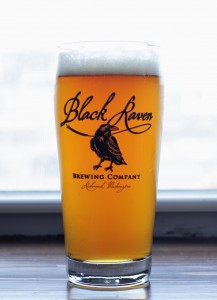 Tasting Notes:
Tasting Notes:
Judged as a BJCP Category 14b American IPA
Aroma (11/12)
Putting your nose in this glass unveils a cornucopia of hop-derived fruit aromas. Most obvious is the mango, but there are also big notes of orange, tangerine, and a hint of peach. There is just a touch of grassiness and pine resin. Underneath the hops, there is a light hint of toasty and bready malt. Very clean. Not alcohol or other off-aromas.
Appearance (3/3)
Beer is a slightly hazy and light copper in color. The glass is capped by a frothy white head of exceptional persistence and lacing.
Flavor (15/20)
This beer is bursting with bright hop flavor. There is tons of citrus, some tropical fruit, and just a touch of grass. The beer is extremely dry, but the ripe fruity hops give a slight perception of sweetness. Bitterness is considerably less than most commercial examples and could be bumped up just a touch. Underneath all of the hops is a moderately toasty and bready malt component which is quite nice. The hop flavor carries through and lingers a touch in the finish.
Mouthfeel (5/5)
Medium bodied with a very nice creaminess that finishes clean. Moderate carbonation.
Overall Impression (8/10)
This is the best iteration yet of my constantly evolving IPA recipe. The dryness of the beer melds well with intense juicy hops achieving a balance that makes the beer extremely quaffable. While it could use just a hair more bitterness and perhaps even a touch more dryness, the beer in the glass is a wonderful example of the style. This homebrew easily stands up to the best commercial examples.
Total: 42/50 Excellent

